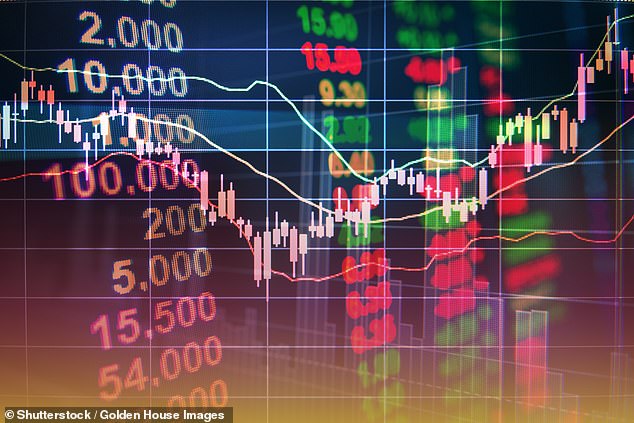It’s a tricky time for investors. Quite aside from all the geopolitical stuff in Alaska, the trade disruption, inflation climbing again, and all that, there are troubling signs for the world economy. Yet there is also FOMO, the fear of missing out, and anyone who has remained fully invested in global equities will so far have been well rewarded.
You can see this tension in the markets. The FTSE 100 duly hit an intraday all-time high of 9,222 early on Friday morning, only to worry that this might not be such a great idea after all and slither back down. The S&P 500 closed on Thursday at a record high, but weakened on Friday too.
There’s that nagging doubt that we’re in the final phase of what has been a great bull market and something nasty is around the corner. The professionals are picking this up. Goldman Sachs has warned of the possibility of a sharp sell-off in the S&P 500, with more than a 10 per cent chance of a decline in the next three months and more than a 20 per cent chance next year. Those percentages may not sound very high, but if there is to be one of those classic October crashes, it’s good to have a warning on the record.
Here in London, Longview Economics has a model that is signalling that the S&P 500 is a strong sell, noting ‘signs of froth and speculation’ and asking that tough question: ‘Is the market about to sell off (or even crash)?’
It is neutral on this, acknowledging that it might be being overcautious. But it also points out that whenever a company produces disappointing results, its shares get hammered.
Taking the US market as a whole, it is one of those situations where it has to keep pedalling hard to keep the bicycle upright, with any slowdown or wobble potentially ending up in a crash.

Uncertainty: There’s that nagging doubt that we’re in the final phase of what has been a great bull market and something nasty is around the corner
There is a long list of things that might lead to a wobble. Looking at the world economy, we don’t yet have any real feeling for the damage to growth or inflation from Donald Trump’s tariffs. But put it this way: tariffs cannot boost global growth or cut overall inflation. They have to be negative, and it is not as though the world economy is in great shape.
Look at us here. Thanks to a not-too-dreadful second quarter after the strong start, the UK does seem to be the fastest-growing economy in the G7 so far this year, as Rachel Reeves has said.
Sure, that follows a very weak second half last year, and sure, it is puffed up by an unsustainable increase in public spending.
But you do have to ask that if we are the best, what on earth is happening to the others?
There’s the evidence of rising inflation, particularly here but also in the US, and the impact that will have on long-term interest rates. Our ten-year gilt yield touched 4.7 per cent in Friday trading.
Some institutions are forced to hold Government debt, but for the rest of us, it can’t be a good idea to lend to governments that have no serious intention of cutting their fiscal deficits. There are all sorts of troubling signs of a slowdown.
Houses are taking longer to sell in America and demand for graduate jobs there is weak. Walk down any High Street and count the number of voids. Our hospitality sector is struggling. We know we will be clobbered with higher taxes come the autumn.
The fact that things feel fragile here does not mean FTSE 100 shares will be directly hit because more than three-quarters of their profits come from abroad, either in exports or earnings from overseas. But there are parallels: a lot of people across Europe as well as in America are tightening their belts. How long before that shows up in the profit and loss accounts of multinationals?
You see the point. On a very long view, it is always right to invest in global equities. If you get out, it’s always difficult to know when to get back in. The UK market certainly offers good value vis-a-vis the US one but, as Bloomberg reported on Friday, the strategists do not expect the FTSE 100 to end the year above 9,000, the average being 8,950.
If shares are likely to fall, it may not be a bad idea to sell a few before they do.
To be clear, I am not predicting an October crash, but these are indeed tricky times and it would be nuts not to acknowledge that.
DIY INVESTING PLATFORMS

AJ Bell

AJ Bell
Easy investing and ready-made portfolios

Hargreaves Lansdown

Hargreaves Lansdown
Free fund dealing and investment ideas

interactive investor

interactive investor
Flat-fee investing from £4.99 per month

InvestEngine

InvestEngine
Account and trading fee-free ETF investing

Trading 212

Trading 212
Free share dealing and no account fee
Affiliate links: If you take out a product This is Money may earn a commission. These deals are chosen by our editorial team, as we think they are worth highlighting. This does not affect our editorial independence.












